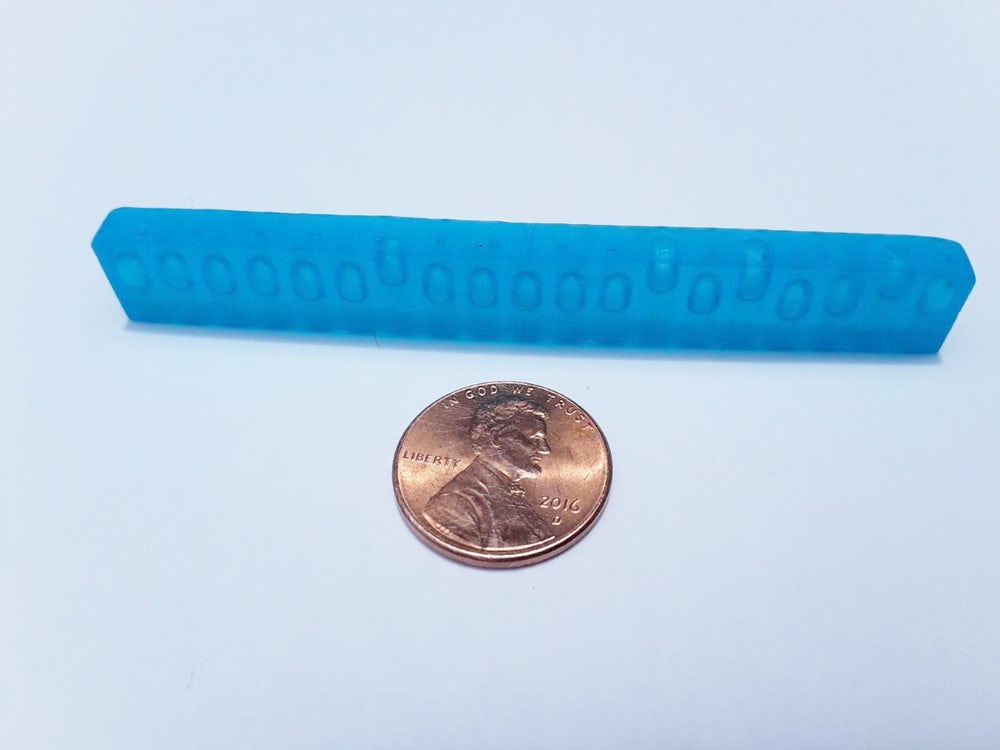Researchers from Lamar University, Texas, have developed a 3D printable self-healing structure using stereolithography (SLA) technology.
Inspired by the internal networks of the prickly pear (Opuntia), the study published in Nature details that such objects can be used to fully restore the mechanical properties of damaged tools “where there is no or only limited access available to conduct a repair.”

Resin trapping for self-healing materials
To address the common issue of crack-prone tools, Professor Keivan Davami, director of the Nano-Micro-Macro manufacturing group at Lamar University, led a team of researchers in the creation of an object that could fix itself. This structure would be capable of autonomic self-repair to address tool failure, particularly within eyeglass and device components and shoe soles, which are prone to breaking.
The researchers looked to the architecture of the prickly pear, a member of the cactus family. When cut, this plant oozes out a viscous liquid (mucilage) which works to close the opened area as soon as a crack forms. The mucilage is stored in reservoirs found inside the prickly pear and is able to locate an opening due to capillary force.
Using a Form 2 3D printer, self-healing structures emulating this architecture were produced. Within the structures are unit cells filled with a UV-curable resin in a technique dubbed as “resin trapping.” These units act as reservoirs for the self-healing agent. Once fractures appear in the 3D printed structures, resin is released. When exposed to UV light the resin cures, effectively fixing the fractures. The researchers have compared the method to the way human skin repairs tissue when injured.

Fully autonomous self-healing structures
Professor Davami and his team believe their 3D printed resin trapping structures could be crucial for hard-to-reach device components as it removes the need for costly and time-consuming disassembly.
Presently, the group is working to decrease the energy requirements for the reaction to produce a fully autonomous self-healing process, where only ambient UV light sources (such as sunlight) will be needed.
“Additively Manufactured self-Healing structures with embedded Healing Agent Reservoirs,” is co-authored by Dr. Keivan Davami, Mehrdad Mohsenizadeh, Morgan Mitcham, Praveen Damasus, Quintin Williams, and Michael Munther.

Keep up to date with the latest additive manufacturing news by subscribing to the 3D Printing Industry newsletter, following us on Twitter and liking us on Facebook.
Looking for a career in additive manufacturing? Visit 3D Printing Jobs for a selection of roles in the industry.
Featured image shows a sample of the self-healing material. Photo via Keivan Davami/Lamar University.

